Neuroscience, artificial intelligence and data analytics are reshaping the work of marketeers (and marketing degrees)
 Creativity and innovation have always been at the core of marketing. The function used to depend on one’s talent to dazzle the audience, like Mad Men’s Don Draper. Creativity and innovation are still very important, but are being enhanced by data and technology. Marketing is one of the fastest-changing professions of the 21st century, with neuroscience, artificial intelligence and data analytics reshaping the work.
Creativity and innovation have always been at the core of marketing. The function used to depend on one’s talent to dazzle the audience, like Mad Men’s Don Draper. Creativity and innovation are still very important, but are being enhanced by data and technology. Marketing is one of the fastest-changing professions of the 21st century, with neuroscience, artificial intelligence and data analytics reshaping the work.
“Marketers are increasingly expected to make evidence-based and accountable decisions leveraging on vast data generated in the inter-connected world,” says Shan Chen, Director of the International Master in Marketing Management, Omnichannel and Consumer Analytics course at MIP in Milan. The program is one of many that are being given a digital reboot as technology transforms every facet of marketing.
“We continuously innovate and update the program with technological progress,” says Chen. For example, the applications of neuroscience in consumer research have been recently introduced — essentially using brain science to appeal to customers on an emotional level. […]
Career prospects for MSc Marketing grads
Those who have this magic mixture of technological prowess, creativity and ability to innovate, are in high demand among a wide array of employers.[…] MIP’s graduates find career opportunities in three main areas. The first is the in-house marketing department, usually in larger corporations, with responsibilities such as product management, communication and promotion, PR, marketing intelligence, CRM or strategy.
The second is consultancy, which helps clients to analyze the marketing condition, to define strategy, to develop marketing tools, and to make project execution plans. The third is various specialized marketing agencies, such as advertising, digital marketing, design and content production. They execute the respective marketing activities on a daily basis for their clients.
The wide array of career opportunities is reflected in the diversity of the cohorts. At MIP, candidates can come from any discipline, provided they have a proven passion for all aspects of marketing. Cass says participants learn from students from chemistry, physics, fashion design, architecture, engineering, sociology, philosophy and other backgrounds.
Given such impressive career opportunities, it may be competitive to secure a place on a top marketing master’s program. Entry requirements at MIP include a motivation letter, reference letters, university transcripts and a motivational interview, which is all done in English. […]

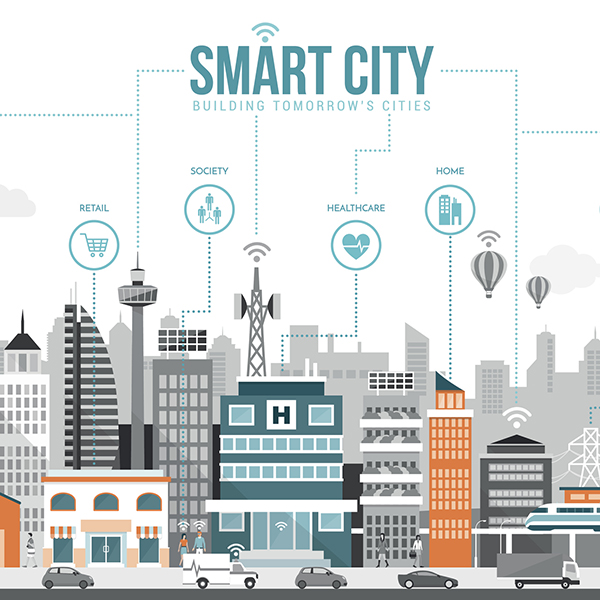
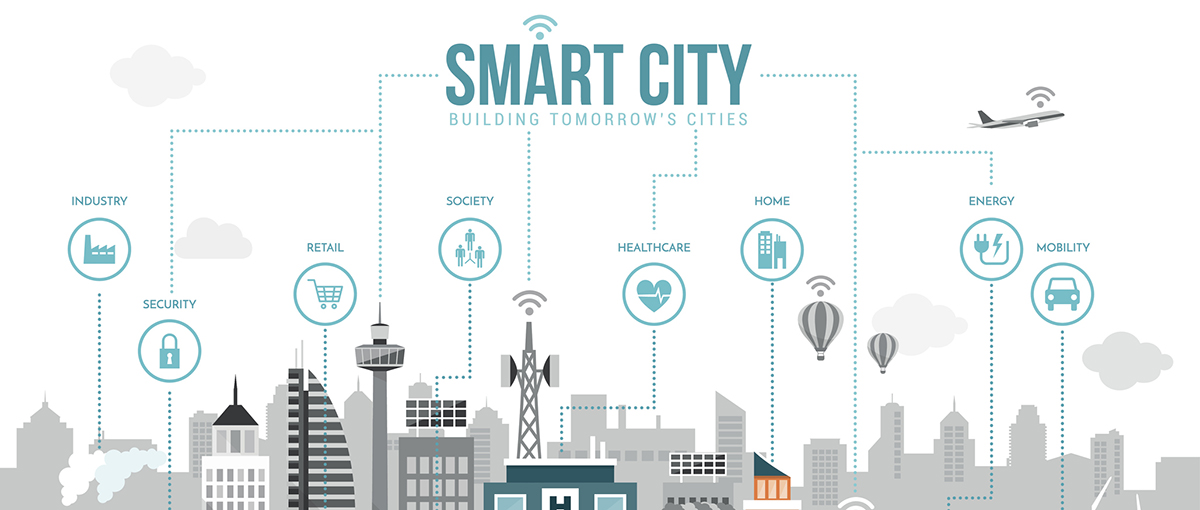
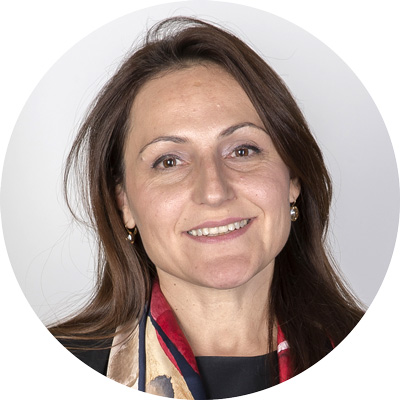


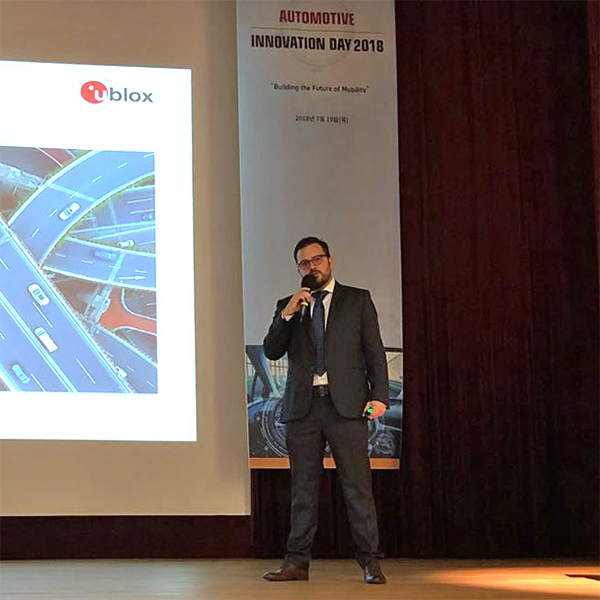

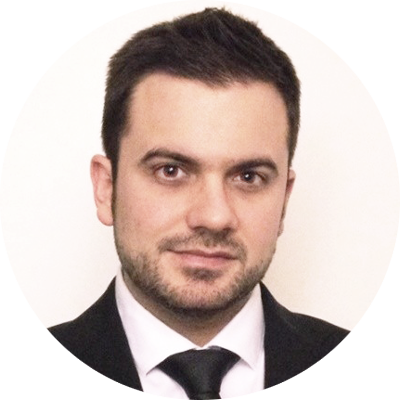

 From international trade to business development, Ernesto Ibarra’s career was thriving in his Northern Mexican hometown of Monterrey.
From international trade to business development, Ernesto Ibarra’s career was thriving in his Northern Mexican hometown of Monterrey.
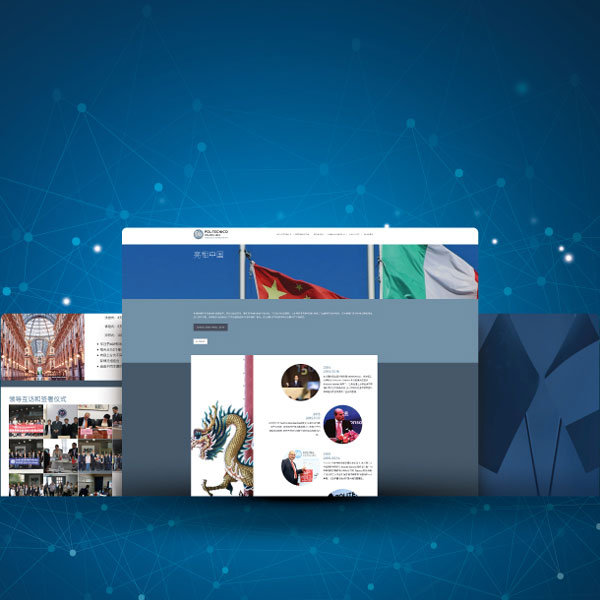
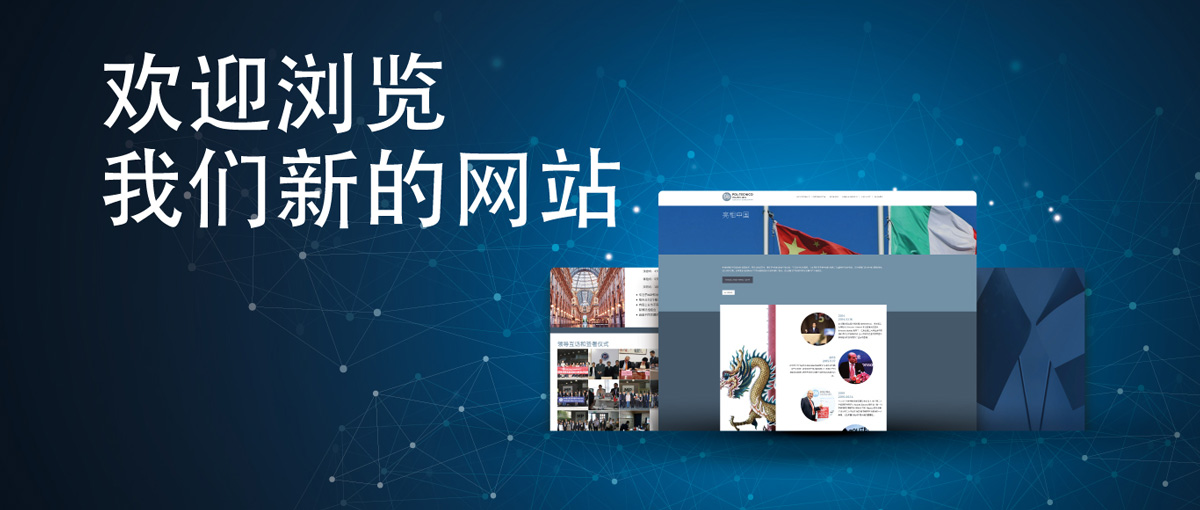


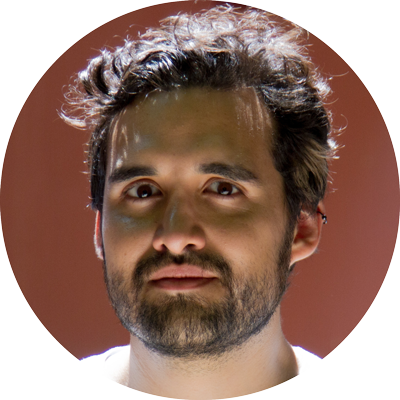

 Once upon a time, there were bankers. There were, and there still are, but in the last twenty years, their work has become more complex. The exponential increase in derivatives (complex financial instruments) starting from 2000 and up to the 2008 financial crisis, joined with a new regulatory approach that led to a more open market, revolutionized the world of finance, giving life to a scenario for which the rules and the models, more than a decade later, still aren’t completely clear.
Once upon a time, there were bankers. There were, and there still are, but in the last twenty years, their work has become more complex. The exponential increase in derivatives (complex financial instruments) starting from 2000 and up to the 2008 financial crisis, joined with a new regulatory approach that led to a more open market, revolutionized the world of finance, giving life to a scenario for which the rules and the models, more than a decade later, still aren’t completely clear.
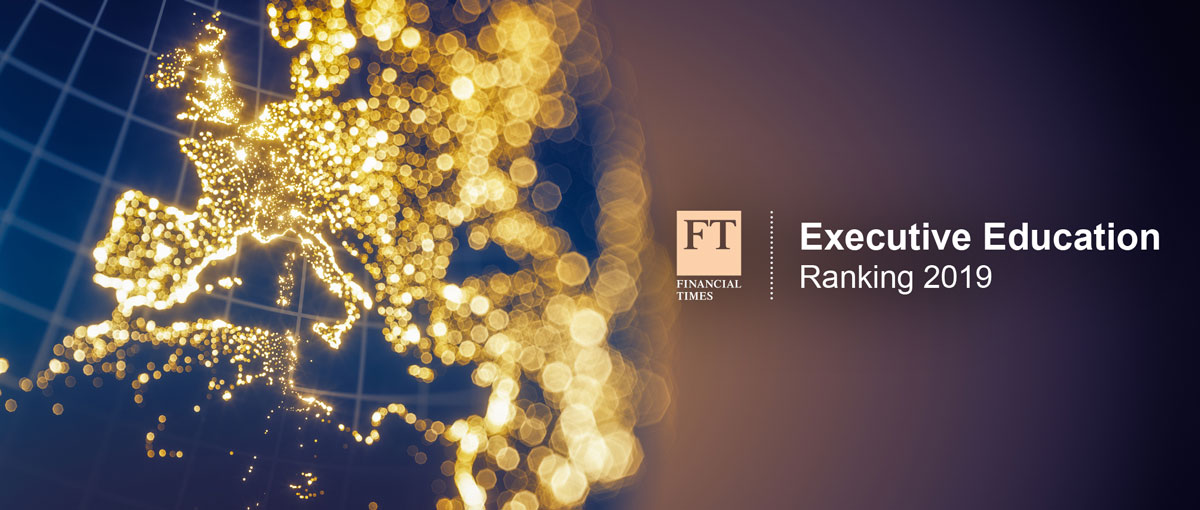

 Respect for diversity as an important ethical issue, but also the inclusion of differences as a business lever. Cristina Rossi Lamastra, Professor of Business and Industrial Economics at the Politecnico di Milano Department of Management Engineering, has made diversity management one of her research subjects. Flanked by Mara Tanelli and Silvia Strada, professors with the Department of Electronics and Information at the Politecnico di Milano, and with the support of the linguist Cristina Mariotti, she is investigating the use of data analytic tools to reveal unconscious bias, gender stereotypes in corporate communications.
Respect for diversity as an important ethical issue, but also the inclusion of differences as a business lever. Cristina Rossi Lamastra, Professor of Business and Industrial Economics at the Politecnico di Milano Department of Management Engineering, has made diversity management one of her research subjects. Flanked by Mara Tanelli and Silvia Strada, professors with the Department of Electronics and Information at the Politecnico di Milano, and with the support of the linguist Cristina Mariotti, she is investigating the use of data analytic tools to reveal unconscious bias, gender stereotypes in corporate communications.




